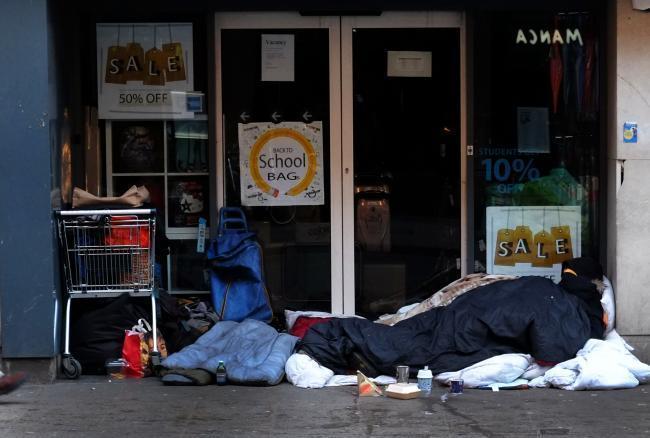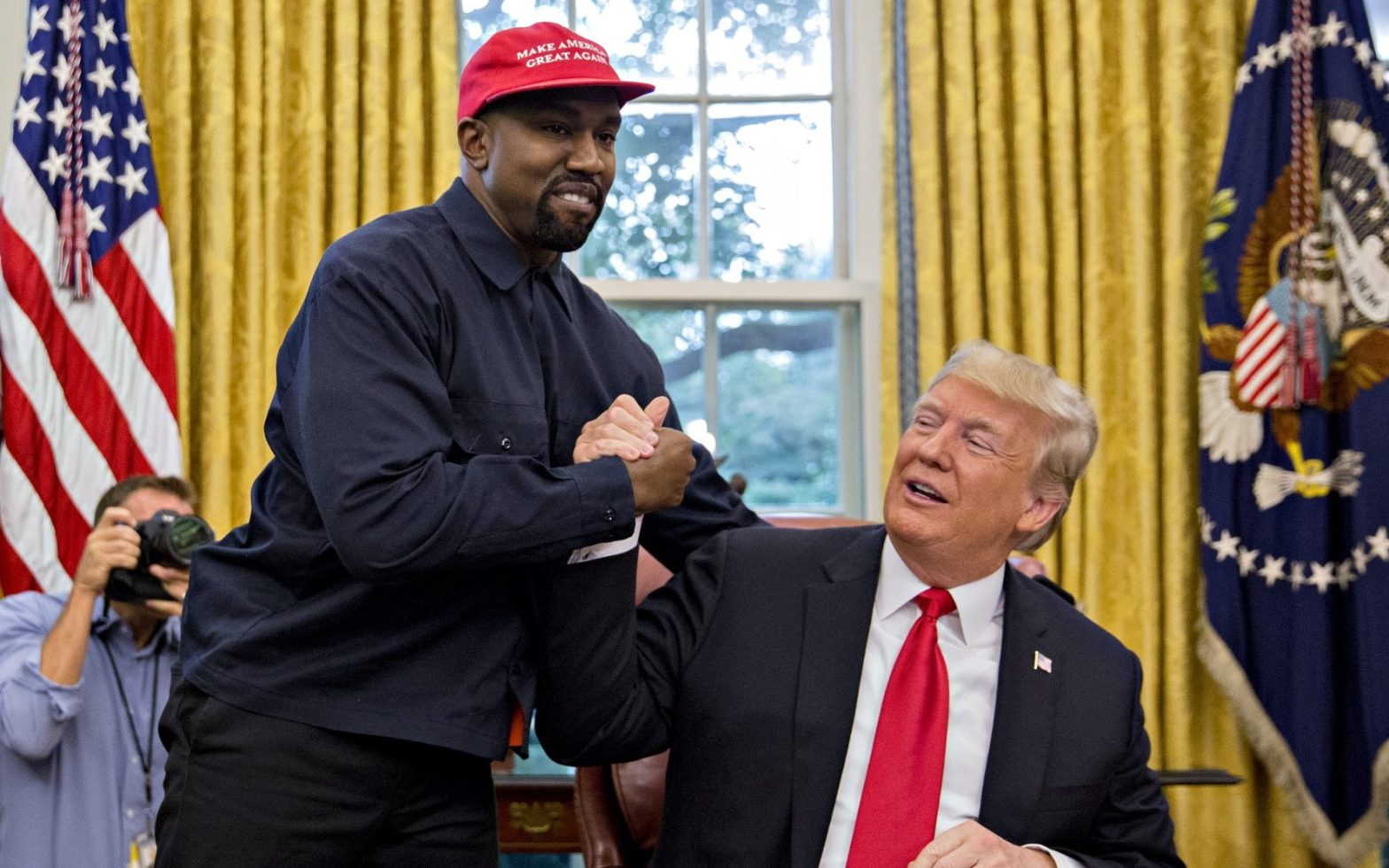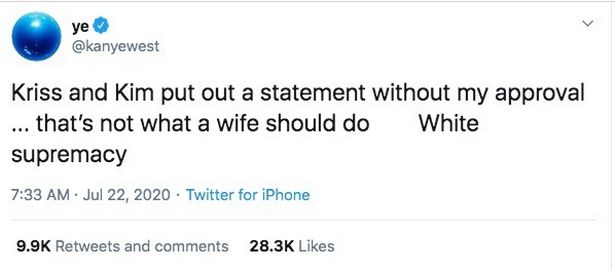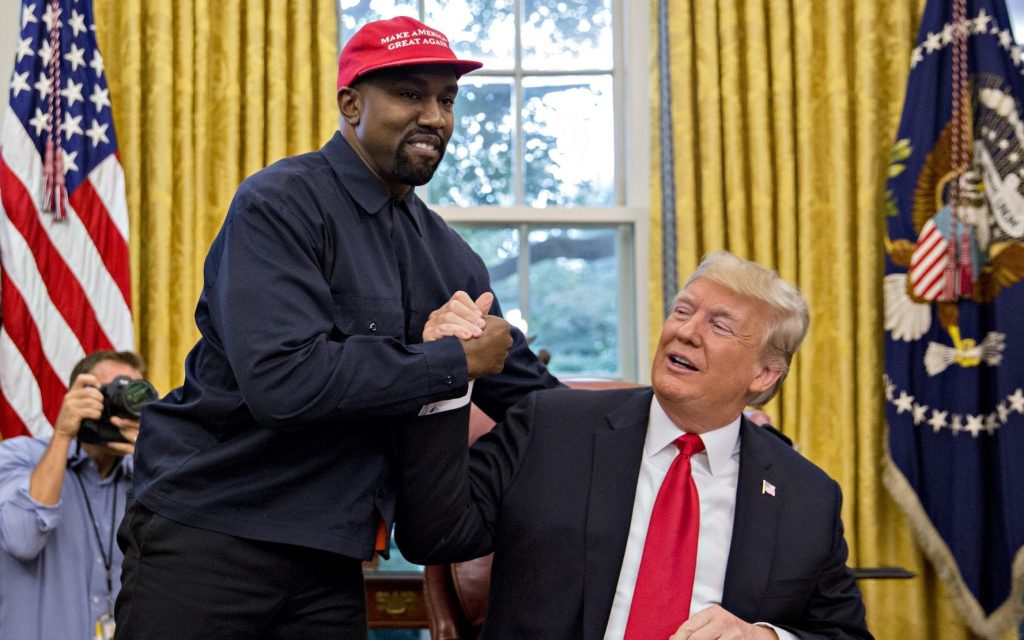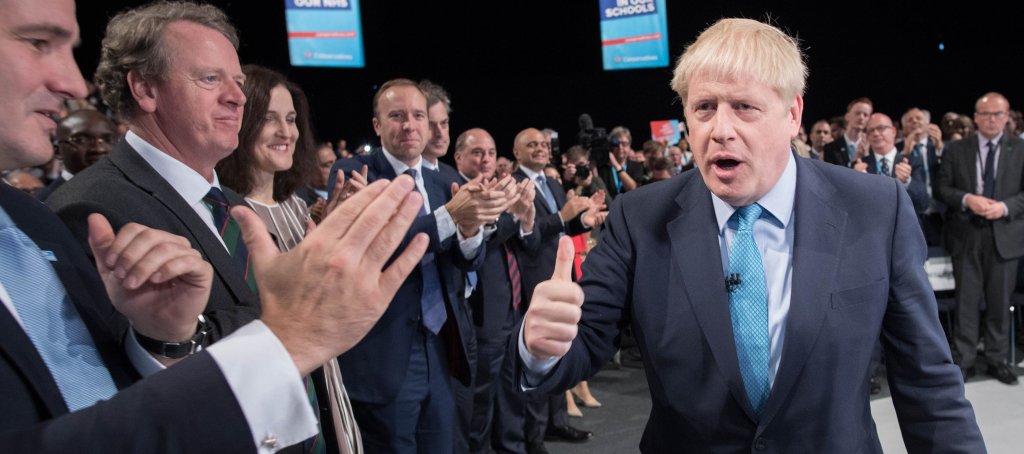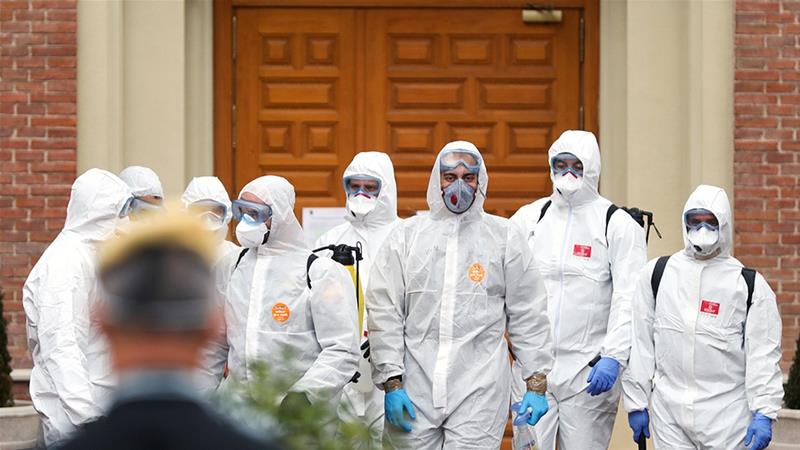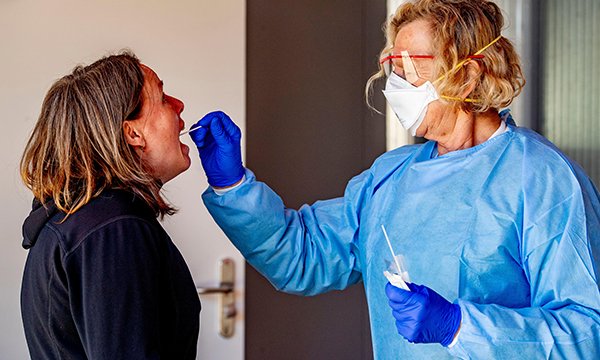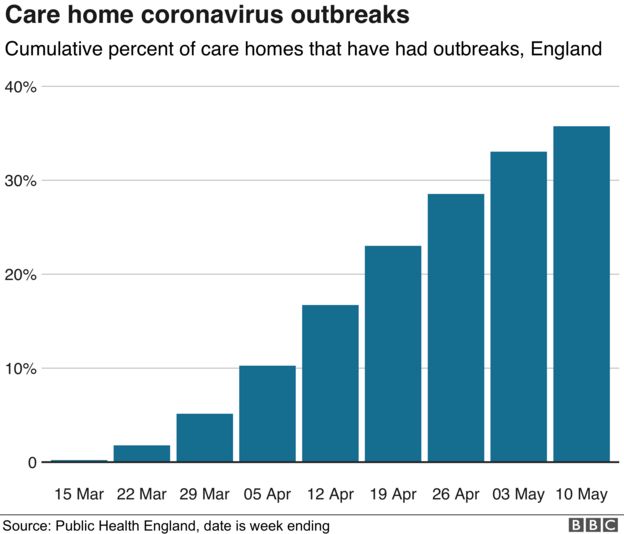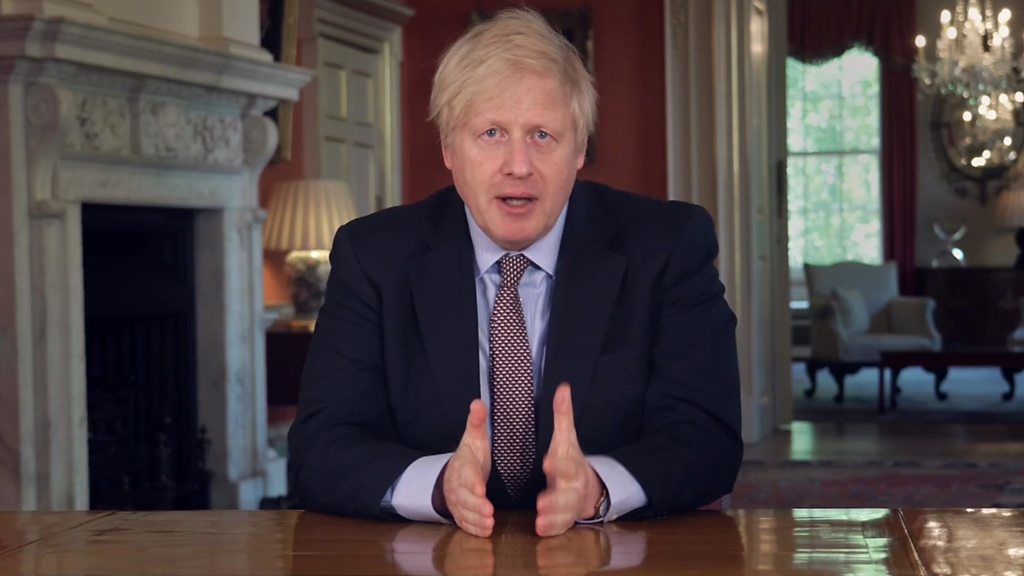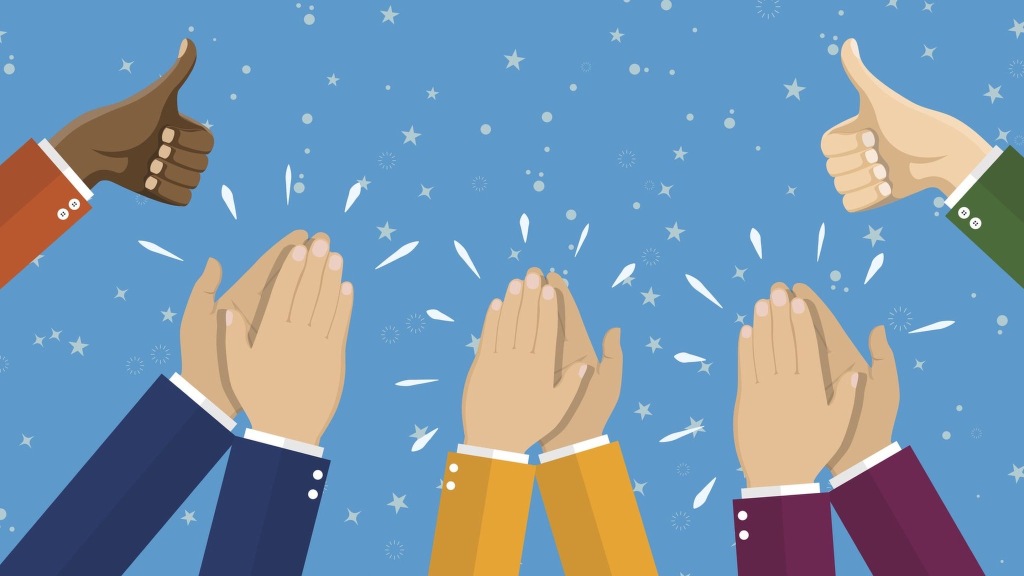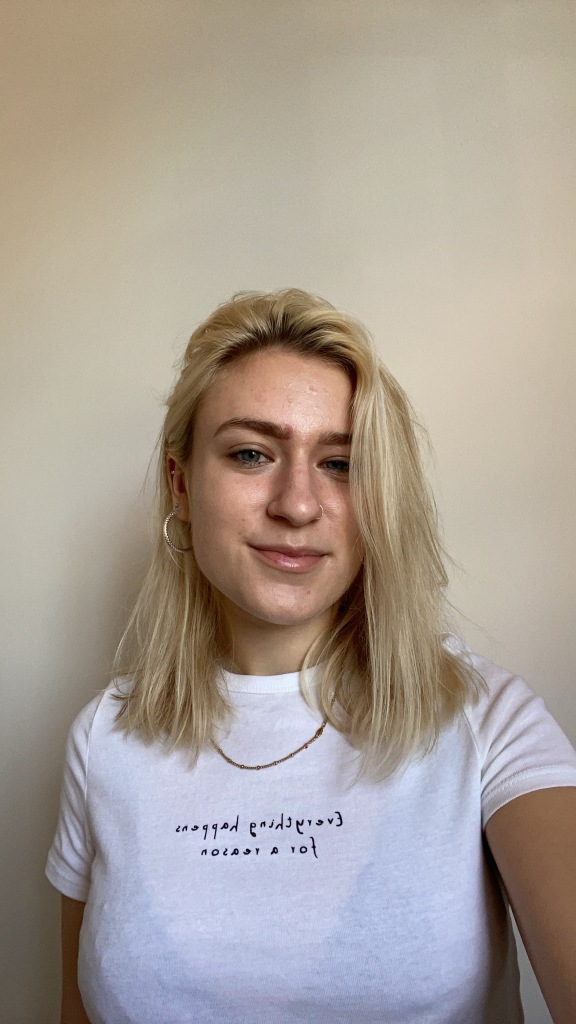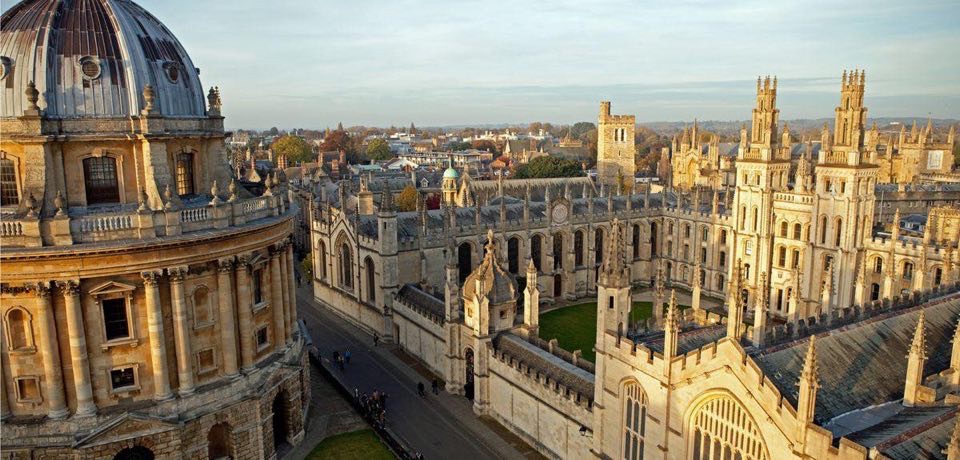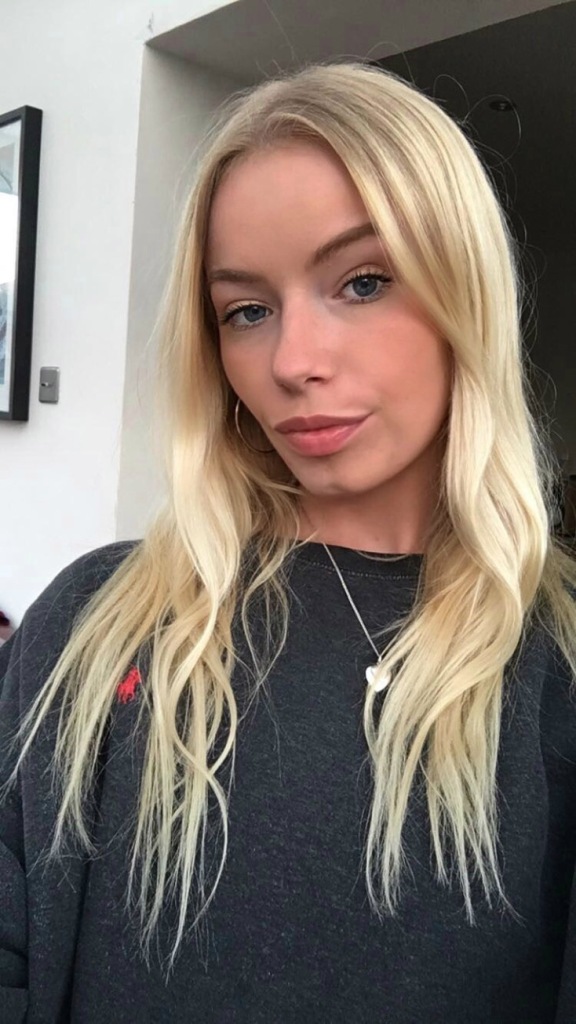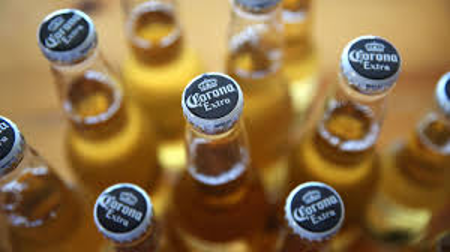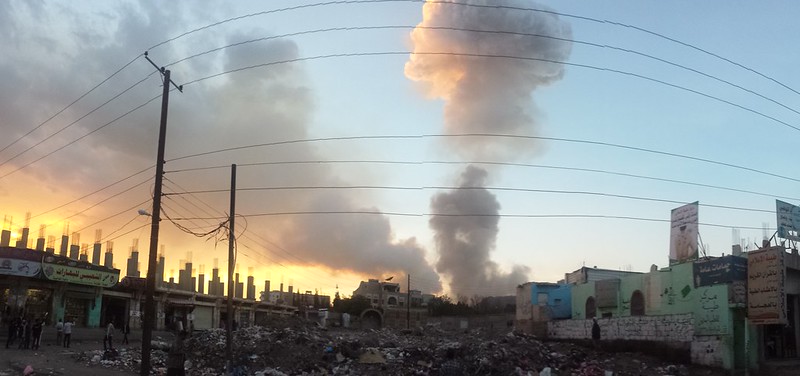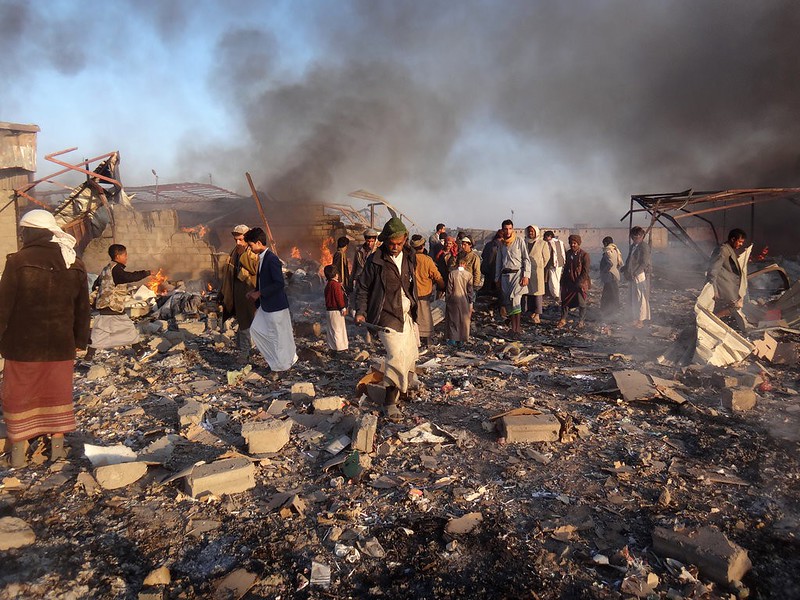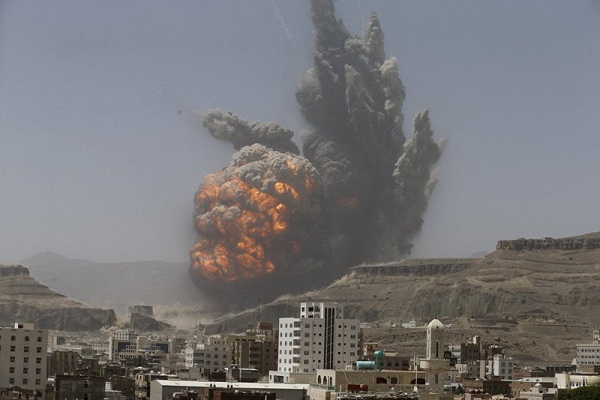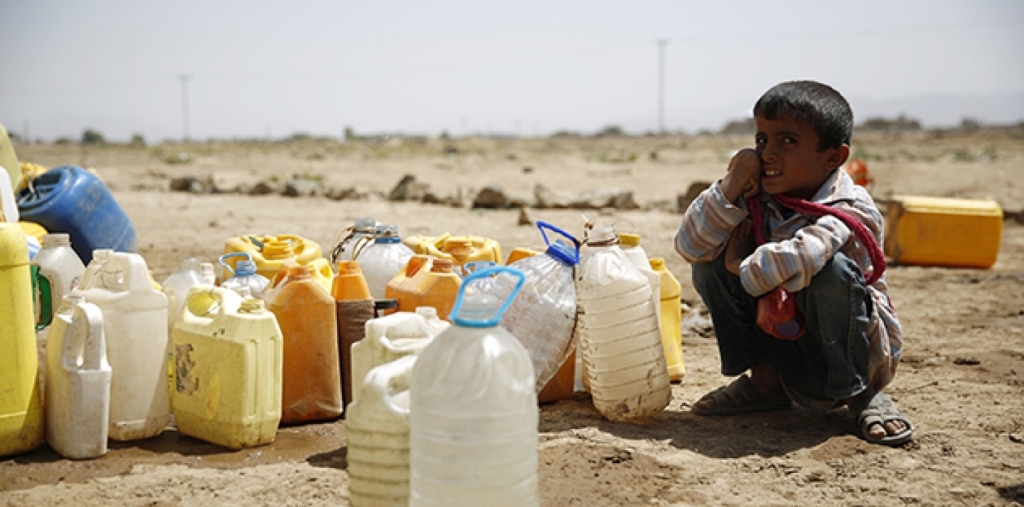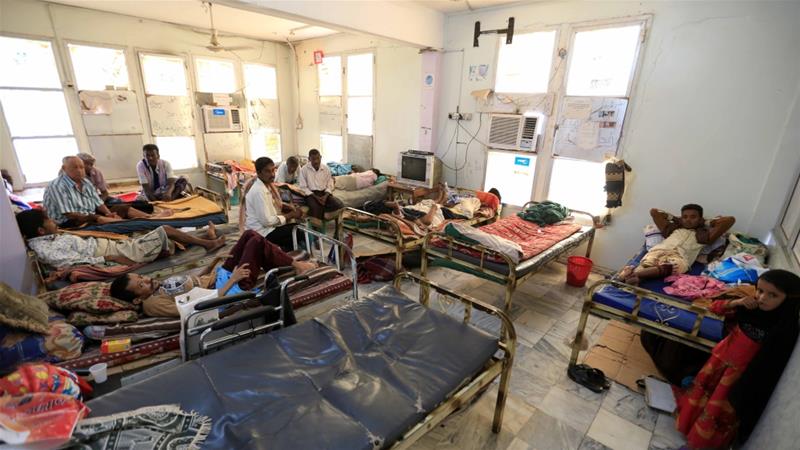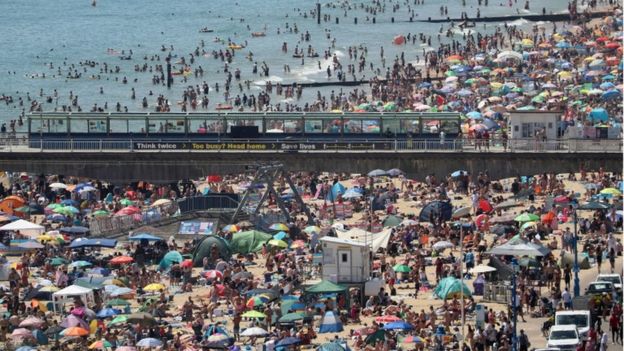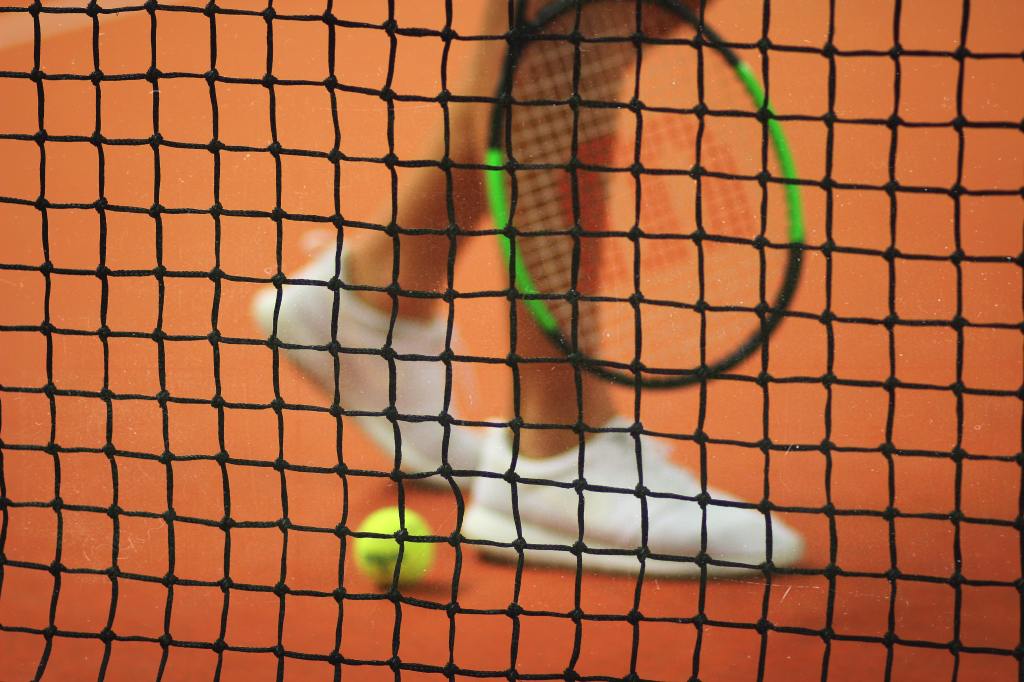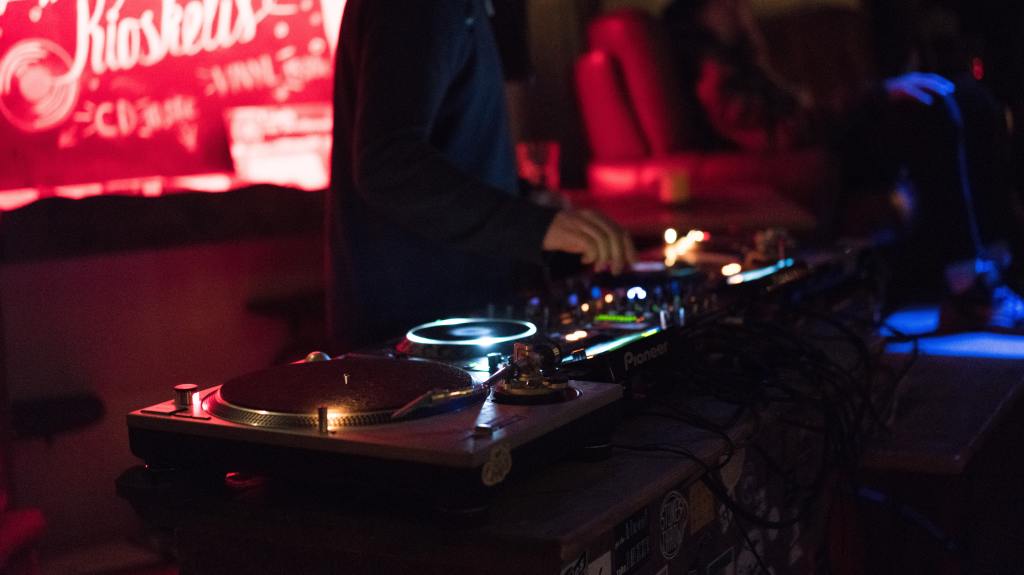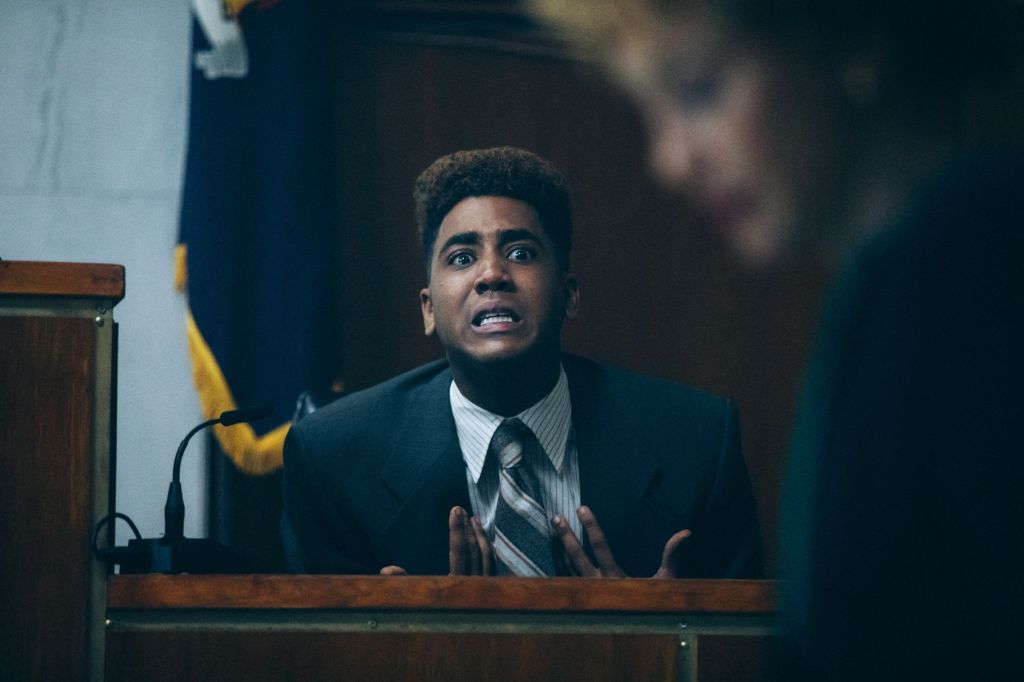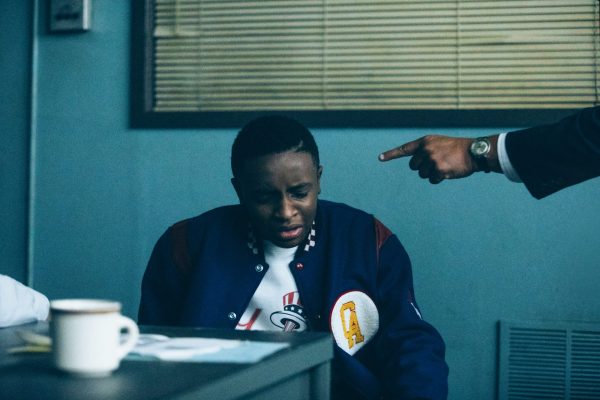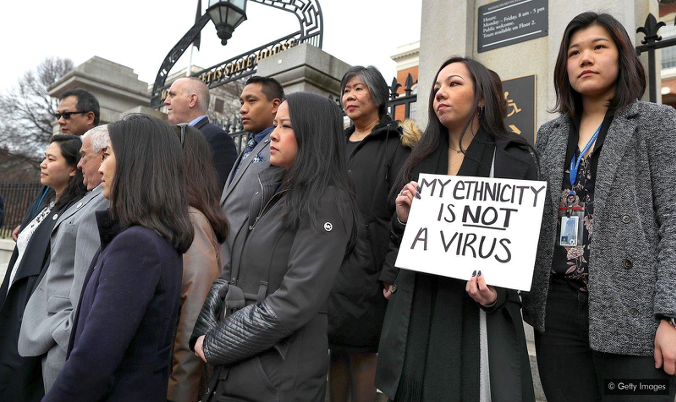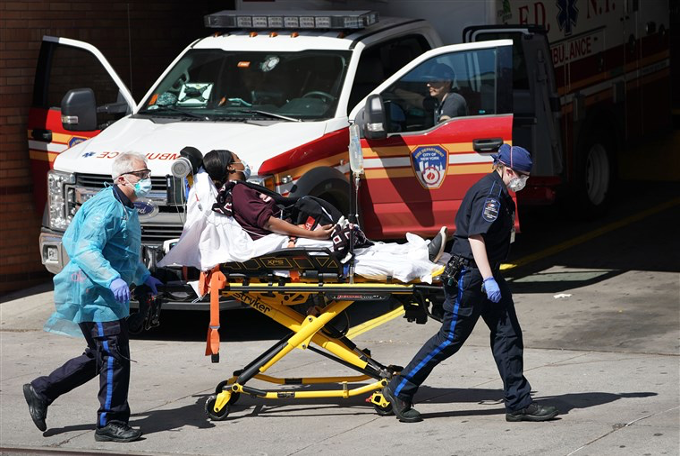
Ummm…meet…Mark and Jer-emy

The fact that an episode of a sitcom, which on paper can seem very ordinary, can end with the one liner, “Did you really have to eat the dog?” shows that peep show is certainly not an ordinary sitcom. Peep show follows the life of Mark (David Mitchell), an independent and knowledgeable man with very noticeable social and sexual anxieties. His flatmate and friend is Jeremy (Robert Webb), unemployed, cowardly and arrogant. Jeremy is oblivious to the fact he has little chance of making a living out of music.
Although Mark and Jeremy share similarities in their lives not being normal and them both sharing a lack of social acceptance from others, they are far from similar. While Jeremy is confident, Mark is socially awkward. While Mark is structured to a 9 to 5 job, Jeremy is lazy and obnoxious. This consistent friction between the two of them of course brings out humour in the everyday situations they encounter, as they pursue a normal life of love, money and happiness. The plots are exaggerated and taken to the extreme with ease, due to the social nature of their characters. The approach of this comedy never feels forced.

Peeping Through the Camera
What makes Peep Show so different to any other comedy is that it uses a first-person camera angle throughout. This puts you in the shoes of the person listening to the active speaker, meaning you’re being addressed at all times. This filming technique really makes you understand Jez and Mark’s characters and emotions, whether you want to or not. There are certainly points where you wish it wasn’t first person (kissing scenes) however the positives of the first-person angle outweigh the negatives.
Every emotion expressed upon a character’s face is so easy to understand, making the humour easily understandable. When you see their joy, you feel their joy and when you see their pain, you really feel their pain. I can’t express how important this was to me, in an era where we are all guilty of having short attention spans. Peep Show rarely gives you an excuse to look away, especially as you are the camera.
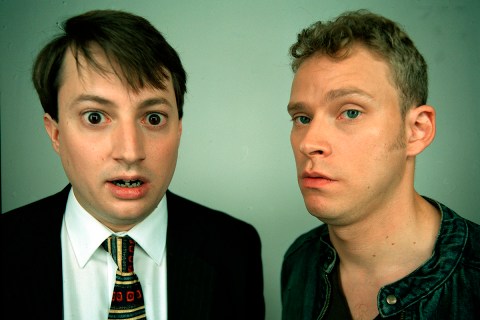
The camera angle puts you in a variety of uncomfortable and awkward situations, some that may have happened to yourself in real life or some that might have happened in a horrible dream of yours. No matter how uncomfortable it gets; you just can’t look away because you are engrossed by that genius and simple idea of a first-person camera angle.
Access to their deepest thoughts
Not only does Peep Show have the unique first-person camera angle it also has brief but clever monologues from Mark and Jez, giving you access to their internal thoughts. This further access provides more opportunities for awkward, uncomfortable moments that add more nervous laughs to the cringe comedy that Peep Show is clearly aiming for. There feels like there isn’t a better duo to execute the timings of these roles than Mitchell and Webb.
In each series, it’s interesting to see the development or lack of it, in the main protagonists. Interestingly, I always thought you never like a character due to the awkwardness and obvious flaws but you never feel you dislike a character either because you will always feel some sort of sympathy for them or they will produce something that will make you laugh.
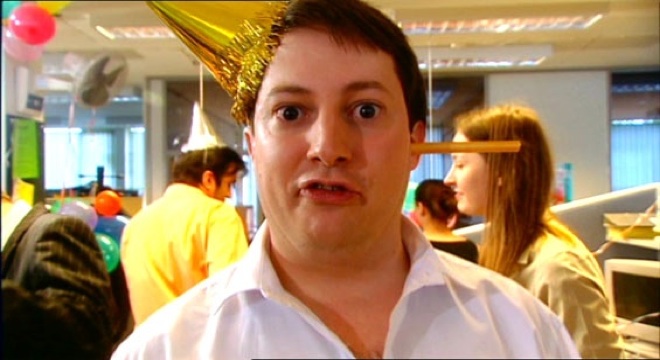
Verdict?
Overall, I’d say that Peep Show is so refreshing that it could be slightly misunderstood but it’s brilliant if you get it. One of my few criticisms of the programme in the age we live in now is the poor representation of females. The only time females are represented in the programme are when they are objects of love and lust, to be desired by Mark and Jeremy.
Females are very rarely represented in Peep Show as friends, but I guess at the time this was just to expose Mark and Jeremy’s societal awkwardness. In a modern and sensitive era, this may come across the wrong way. On top of this, Netflix recently removed a blackface comedy sketch from series two, adding further controversy to the programme. However, barring the modern era controversies I would say that Peep Show has a perfect loop of how it starts and how it ends. I’m definitely not someone to appreciate comedies as much as the average person, so for me to appreciate this programme is a big compliment for the creators of this show.
I give Peep Show a score of 9.6/10
